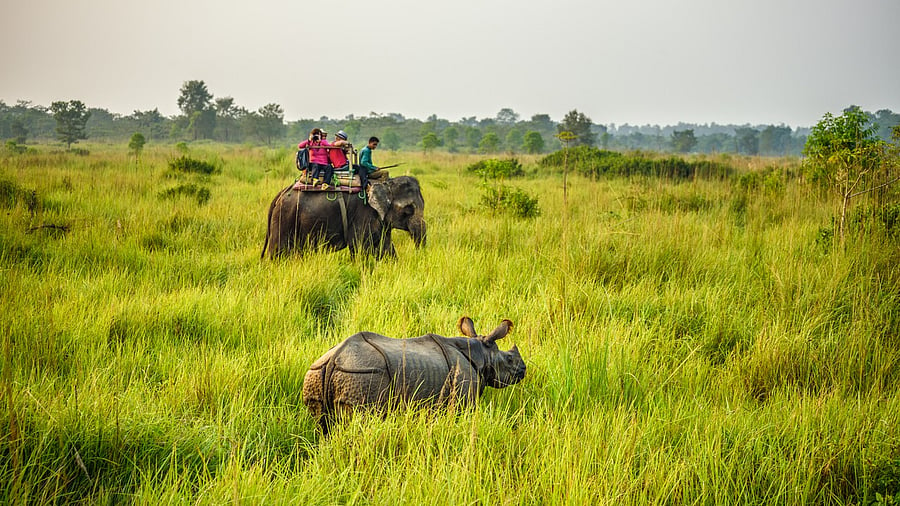
Representative photo of grasslands.
Credit: iStock photo
Mumbai: The Bombay Natural History Society (BNHS) demanded for a comprehensive policy on grasslands and a legal framework as they are being overlooked and considered wastelands.
The Mumbai-headquartered BNHS has requested the Ministry of Environment, Forest and Climate Change (MoEF&CC) to look into this.
Over the years, grasslands and wetlands are neglected and underappreciated habitats despite the fact that they support many lives and livelihoods.
Grasslands are vast open areas where grasses dominate the vegetation. They play a crucial role in the ecosystem by supporting a variety of flora and fauna, providing grazing grounds for livestock and aiding in soil conservation and water regulation.
The Wetlands (Conservation and Management) Rules, 2017, under the provisions of the Environment (Protection) Act, 1986, act as a regulatory framework for conservation and management of wetlands in India.
The BNHS is asking for a similar legal framework for grasslands.
“Our grassland ecosystems are often overlooked and wrongly considered as wastelands. However, they play a vital role in maintaining unique biodiversity and provide several ecosystem services like fodder for our cows and other livestock, increasing the moisture regime and helping in water conservation, hosting a variety of insect fauna thus helping pollination ecology. The grasslands are also important for carbon sequestration,” said BNHS Director Kishor Rithe.
“Our grasslands in Kuno now provide habitats for the Cheetahs and the same in other grasslands of Madhya Pradesh and Rajasthan,,” said Rithe, a veteran environmentalist, naturalist and conservationist.
In India, grasslands are found in several bio-geographic zones including the high-altitude areas, the Ganges and the Brahmaputra River basin, the Little and Great Rann of Kutch, the Deccan Plateau, the Thar Desert, and the Western Ghats. “However, natural grasslands have been rapidly replaced by intensive agriculture, plantations or other land uses. Some of the most important wildlife species found in grasslands and deserts such as the Great Indian Bustard, Lesser florican and the Caracal, have almost completely been wiped out due to the destruction of our natural grassland habitats,” he told DH.
It may be recalled, the Planning Commission (Environment and Forests Division), in August 2006, had constituted a Task Force on Grasslands and Deserts for the Environment and Forests Sector for the Eleventh Five-Year Plan (2007-2012).
However, not much happened on this front except the declaration of project GIB.
The rules or guidelines for grasslands conservation and management needs to be issued for the conservation and management of India's grasslands.
The rules can have provisions for setting up a State Grassland Authority in every state and Union Territory. The Grassland Authority (like Wetland Authority) at the state and UT will better manage, conserve grasslands through regulations.
Rithe said that the BNHS has conducted studies in several important grasslands in India, including Rajasthan, Madhya Pradesh, Karnataka, Maharashtra, Assam, and Arunachal Pradesh, and understands the biodiversity and ecological importance of India's grasslands and produced reports. “We have also helped in restoration of degraded grasslands in a few states like Rajasthan . BNHS is willing to extend support to the Ministry of Environment, Forest, and Climate Change (MoEF&CC) in drafting the rules or guidelines for the management, conservation and protection of grasslands in India,” he added.